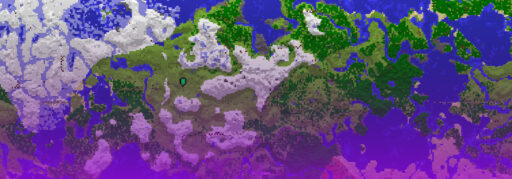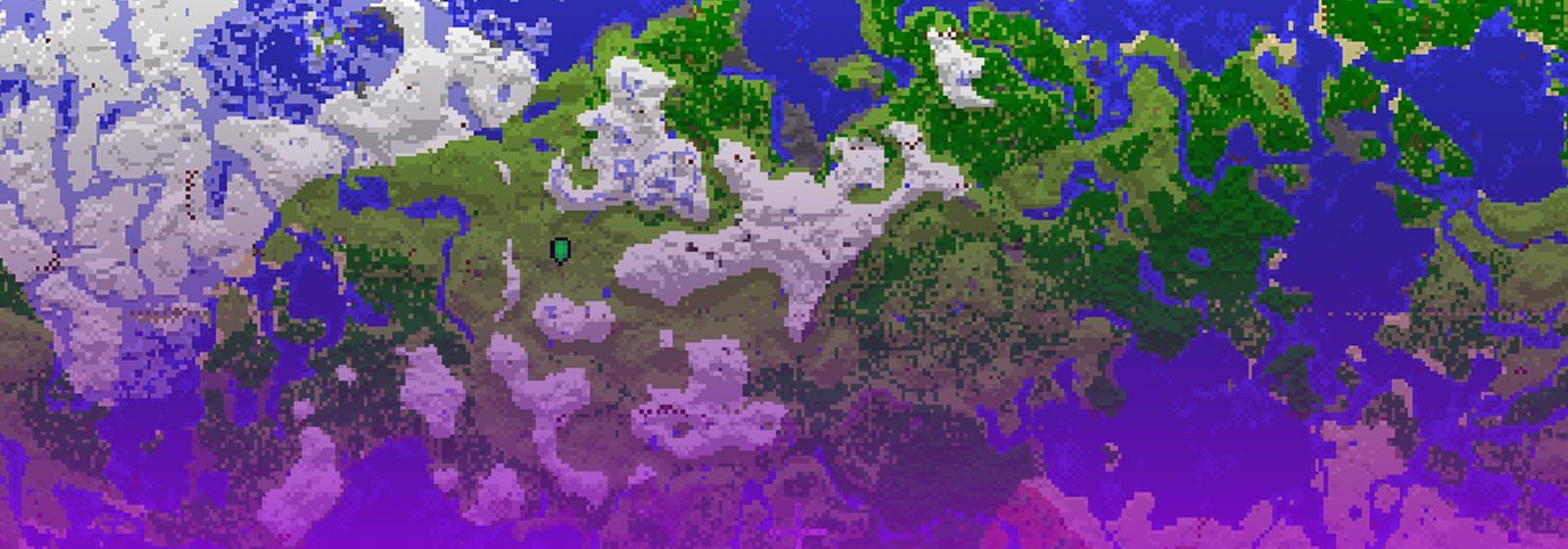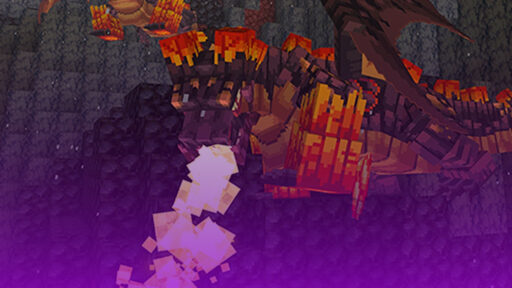One of the best features about Minecraft is that no two worlds are ever the same, unless you want them to be. Maybe you spawn in a cozy village, in the middle of snowy plains, or on a tiny island. Have you ever wondered: Why? It all comes down to one word: seeds.
Seeds are the hidden code that decides what your world looks like. Now maybe you’re asking yourself: How do they work? In this blog, we will explain how seeds work, how to use them, how to obtain your world seed, and much more. Let’s dig in.
What Exactly Is a Minecraft Seed?
A seed is just a number (or sometimes text) that Minecraft’s world generator uses to create your world. This number determines everything: where mountains are, caves, villages, all the structures, and biomes.
When you create a new world, there are two cases:
- If you leave the seed slot blank, Minecraft doesn’t make up a world randomly; it uses your system’s current time in milliseconds (down to the exact moment you click “Create New World”) as the seed. This is why every empty seed world is almost always unique.
- If you enter a seed, Minecraft uses it to generate the world, so you (and anyone else using that exact same seed) get the same terrain every time.
A fun little fact: you don’t have to use just numbers. You can type words, and Minecraft converts them into a big number in the background.
The Actual Algorithm
Java Edition:
Minecraft Java Edition uses a Linear Congruential Generator (LCG) to turn your seed into a repeatable string of random numbers. It uses a Linear Congruential Generator because it’s fast, consistent, and good enough to generate massive, repeatable, and interesting worlds.
This is the formula of how the algorithm loops through your input:
seed = (seed * 25214903917 + 11) & ((1L << 48) -1)What’s happening here?
- The LCG multiplies your seed by `25214903917`, adds `11`, then keeps only the last 48 bits.
- Every time the game needs something random, like where a tree goes, it reuses this formula to get the next number.
- The same input always means the same world. Change the number and you get a different world.
When you type a word, for example “NiceSeed”, Java converts it to a number using its String.hashCode() method.
Bedrock Edition:
Bedrock Edition uses a different world generation engine than Java Edition. While the overall concept is the same, the underlying algorithm and the way it handles biomes, terrain, and structures are completely separate from Java. Here’s how it works:
- Bedrock still uses a proprietary-random number generator (PRNG), but it’s not the same
Randomclass or linear congruential generator used in Java. It uses custom native code, optimized for speed on platforms like Xbox, PlayStation, mobile, and Windows. - Structures (like villages, temples, and strongholds) are generated using different logic and spacing rules. For example, strongholds in Bedrock are not in rings like in Java.
- Biome placement and terrain generation in Bedrock are multi-threaded and designed to support lower-end devices, so it sometimes skips over complex details to improve performance.
Text seeds also work, just like in Java; if you type a word like “NiceBiome”, it will be converted to a number using a hashing function before the game uses it to generate the world.
Java vs. Bedrock: Are Seeds the Same?
Mostly, but not always, here’s why:
- Java Edition: The first version of Minecraft is famous for having more generation options, like amplified worlds, only one biome, super flat, etc. Java Edition also uses the LCG algorithm, which is different from Bedrock Edition.
- Bedrock Edition: Uses a different generation engine, not an official algorithm, but a custom-made one by Mojang, which is called “proprietary-random number generator”. In recent updates, Mojang made Bedrock and Java much more alike, so seeds often produce similar worlds, but tiny differences are still visible, especially for structures like villages or strongholds.
How to Use a Seed
Here are some simple steps to follow if you want to enter a specific seed:
Java Edition:
Launch Minecraft and then press “Singleplayer”.
After that, click “Create New World” if you already have existing worlds. If not, the create menu should already be open.
Click the “World” tab.
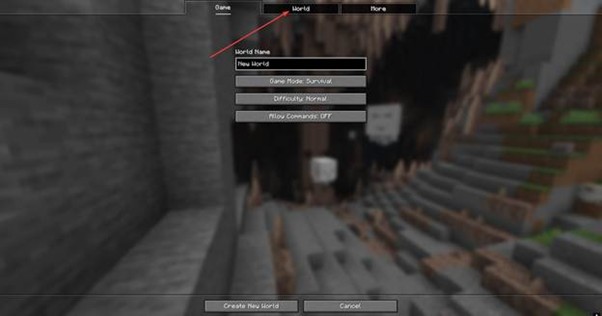
In here, you should see a section to enter your seed. You can get seeds from websites, forums, or Minecraft community pages.
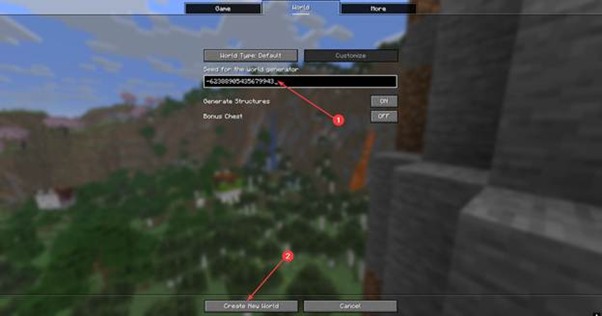
Then click “Create New World” and just like that, you’ll have the same world you saw online.
Bedrock Edition:
Launch Minecraft and then press “Singleplayer”
After that, click “Create new world”
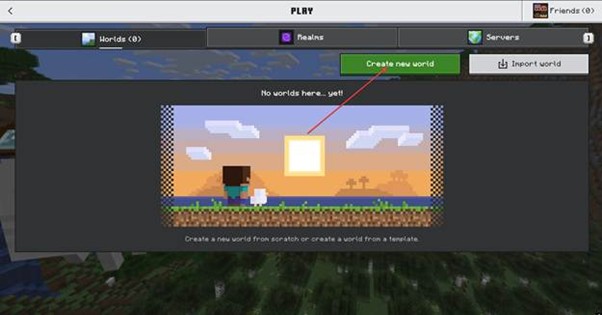
Then click “Advanced”
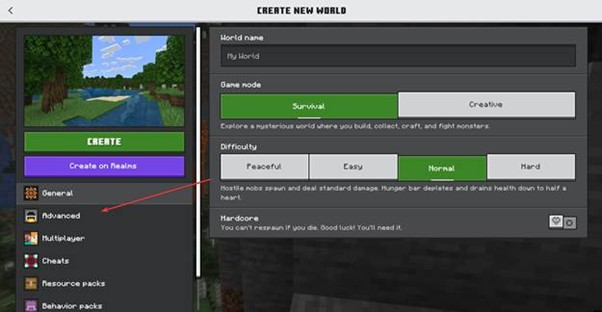
Then add your seed and click “CREATE”
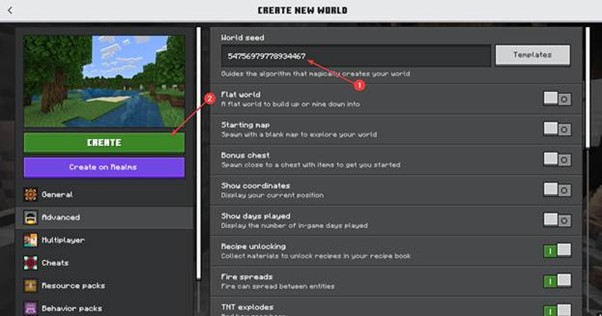
How to Find Cool Seeds
Minecraft players love sharing seeds – you just have to know where to look. Here are some great places to look:
- Reddit: Subreddits like r/Minecraft or r/minecraftseeds always have fresh seeds to try.
- YouTube: Many creators post “Top 5 Seeds” videos for each Minecraft update.
- Seed websites: Some websites, like mcseedmap.net, let you generate a random seed and then see the world in a 3D vision, and you can see all the structures and biomes. Also, ChunkBase lets you see everything about any Minecraft Seed, structures, biomes, nether, and end.
Can You Find Out Your Current World’s Seed?
Yes. If you are playing on a singleplayer world:
- Java Edition: Open chat by pressing
Tand type/seed, and pressEnter. - Bedrock Edition: Go to the World settings, and the seed should be right there.
If you’re on a multiplayer server, /seed is usually blocked to prevent exploiting the world seed (like using ChunkBase to see all the structures coordinates) but you still can use some Fabric mods (like SeedcrackerX) to get it but many servers will ban you if you get caught doing this, so we recommend not using it.
What Makes a Seed “Good”?
There’s no single “good” seed; it really depends on what you like.
Some people want:
- A village or a ruined portal near spawn (great for speedrunning)
- Rare biomes close together (jungle, badlands, mushroom island)
- Cool terrain: big mountains, huge caves for building
Top 3 Best Seeds for Java Edition
1. The Dark Tower
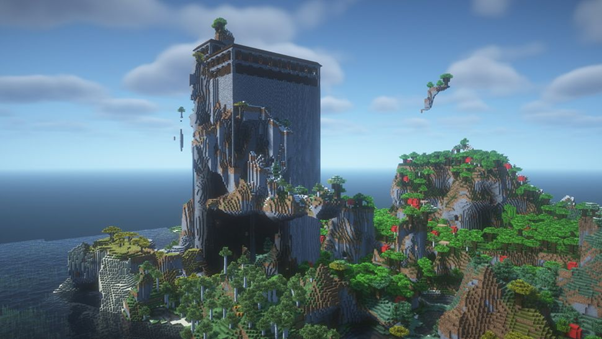
- Seed: 3477968804511828743 | Version: 1.20
Minecraft is all about creating your own adventures, and this seed gives you a great head start. Right from the beginning, you’re dropped into a survival setup with a lot of potential. That huge, dark tower nearby? It’s just asking to be explored, or maybe turned into your base. There’s plenty of room to build, especially underground.
2. The Twin Islands
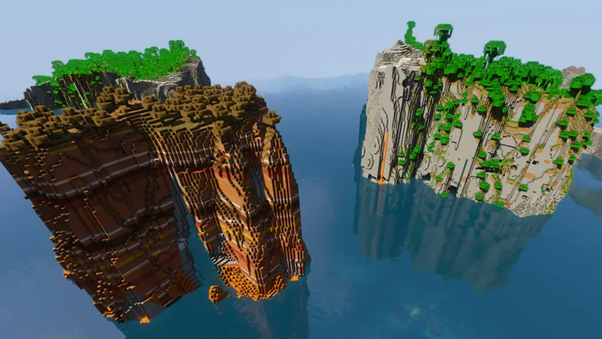
- Seed: 7850875 | Version: 1.20
This seed drops you near two massive vertical islands, one with a small tree-covered badlands biome, and the other a larger jungle island. The jungle side has a bit of everything: a ruined portal, a lagoon, a jungle temple, and a huge, lush cave entrance.
3. Ice Spike Ringed Village
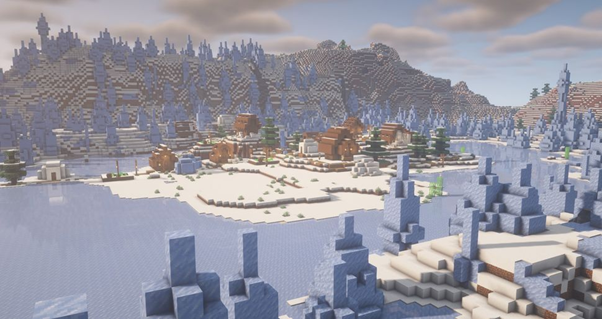
- Seed: 105849523 | Version: 1.20
If you’re looking for a chilly starting point, this tundra village sits right in the middle of some impressive ice spikes. It’s a great place to settle down or start building something unique. Not far outside the icy area, there’s a Pillager outpost.
Top 3 Best Seeds for Bedrock Edition
1. The Surrounded Forest
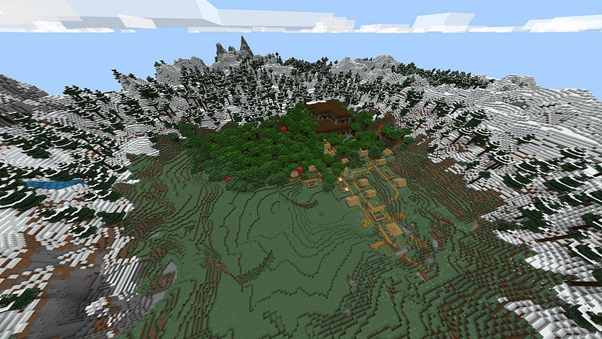
- Seed: -7516440957484561490 | Version: 1.21
This seed drops you right on top of a woodland mansion – definitely not your typical peaceful spawn. It’s sitting at the edge of a nearby village and surrounded by snowy mountains, making it a tricky but interesting place to start your world
2. Sinkhole Village
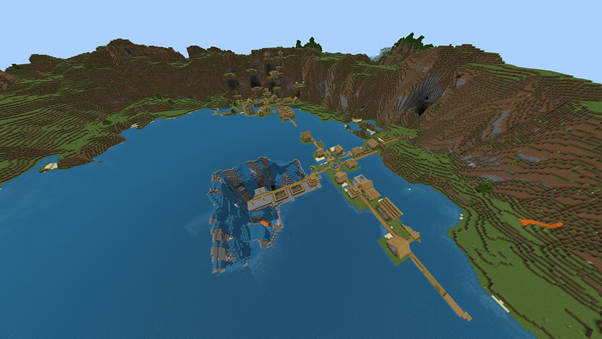
- Seed: 7092092118958763650 | Version: 1.21
This seed drops you near a cliff, and just a short walk ahead reveals something unexpected: a massive sinkhole right in the middle of a lake. What makes it even more interesting is that two villages have set up nearby, totally unbothered by the gaping hole in the water.
3. Massive Cherry Groves
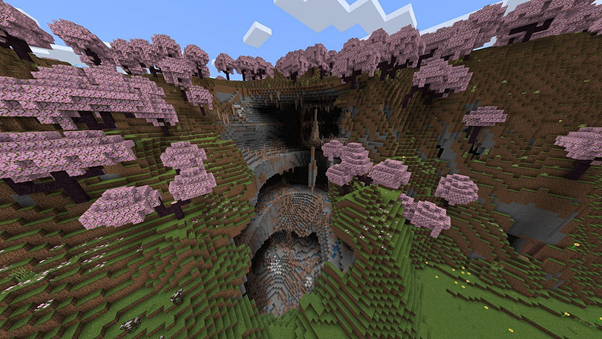
- Seed: 8150810962987124925 | Version: 1.21
This seed features a stunning cherry grove nestled against the side of a dramatic mountain face. The grove itself is peaceful and vibrant, but it hides the entrance to a massive dripstone cave that cuts deep into the terrain. And just nearby, a village provides an easy place to gather supplies before heading into the depths.
Summary
Minecraft’s seed system is the foundation behind the game’s endless variety of worlds. Whether you end up spawning on a mountain peak, in a frozen tundra village, or on a jungle inhabited by ancient ruins, it all starts with a seed, a unique code that dictates your world generation. This blog explored how seeds work in both Java and Bedrock Editions, including the algorithms they use, how to input your own seed, and how to find and share exciting ones.
We also covered how to retrieve your world’s seed, where to find great new ones, and what makes a seed truly stand out. Finally, we highlighted some of the best seeds currently available for both Java and Bedrock, each offering unique experiences.
Whether you’re a builder, explorer, or speedrunner, understanding how seeds work can help you get the exact kind of world you want. So next time, when you create a new world, consider choosing a seed that fits your preferences, or let Minecraft surprise you.
Happy building!
